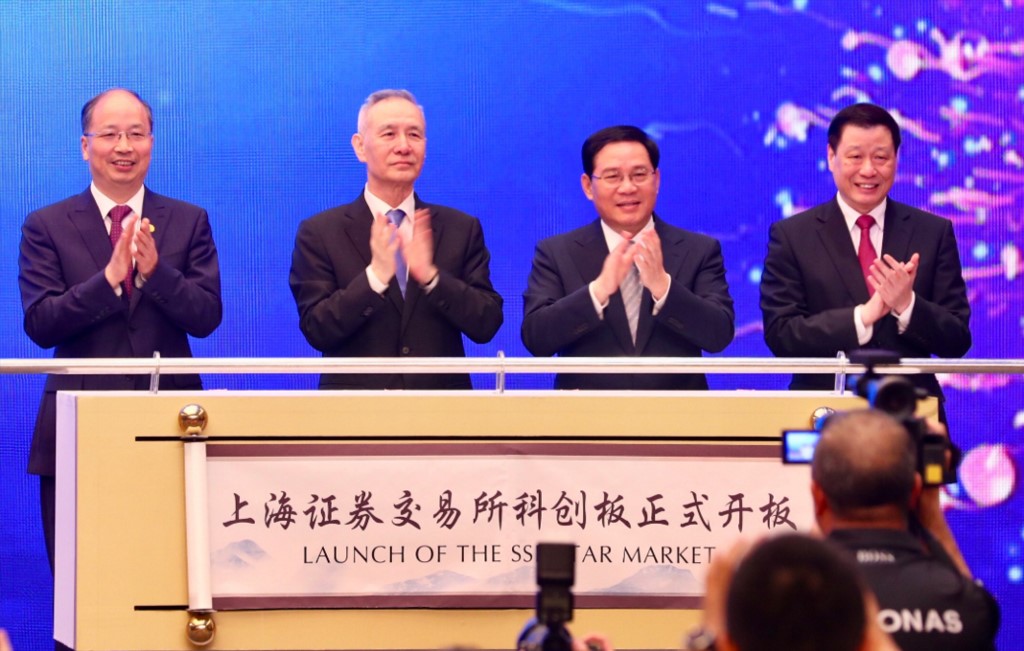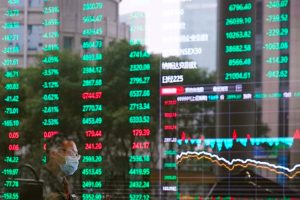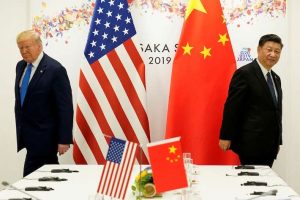(ATF) China’s financial reform program is alive and well and remains critical for its economic development.
It is easy to lose track of progress or to conclude that these reforms are no longer a priority given current challenges and circumstances – trade and political tension between China, the US and other western countries at a time when the global economy is trying to emerge form the contagion lockdown and subsequent waves of infection dominate headlines and drive market sentiment.
Using the program of reforms to frame the response to the Covid crisis provides a longer-term perspective and a guide to how investment opportunities will develop in China; and the outlook is positive.
Last year the IMF’s report card for China’s economic and financial reform program was favourable. It commended the authorities’ commitment to reducing financial fragilities and continuing to open the economy whilst recognising that the shift from high speed to high quality growth required continued deleveraging and the strengthening of rebalancing efforts.
The need to stay the course on deleveraging and continuing with financial regulatory reforms while strengthening bank capital, developing a clear resolution regime for banks, and containing vulnerabilities from rising household debt was cited as supporting a more sustainable growth path. The report stressed the need to increase the role of the market and reduce the dominance of the public sector in many industries by ensuring fair competition. The need to have greater exchange-rate flexibility, deeper and better functioning FX markets was recognised as required preparation for increased capital flow and volatility.
The pending launch of the Wealth Management Connect scheme is a step forward to liberalise China’s capital account and follows the highly successful introduction of both the Stock and Bond Connect schemes in 2014 and 2017 that link the Mainland and Hong Kong capital markets. There have been several policy measures since the IMF report aimed at opening participation in China’s financial services industries to foreign banks, insurers, brokers and asset managers. Restrictions applying to foreign owners of China’s domestic bonds were lifted and new measures to facilitate cross-border trade and investment were announced towards the end of last year.
Capital market reforms are expected to lift broker and investment bank profitability significantly and have already supported the recovery in the equity market. A number of these reforms relate to how IPOs are organised and administered following the introduction of the new securities law in March. Most recently, it was announced that insurance companies can increase their allocation to domestic equities providing a potential source of long-term funds and the imposition of professional investment behaviour.
Lessons from 2015
The very recent upturn in the China equity market has caused some to compare circumstances with 2015 when a strong bull market ended abruptly, and policies were implemented to curb fraudulent and excessive investor behaviour fuelled by excessive borrowing to purchase shares. The failed attempt to equitise debt and mobilise household savings contained much learning for the authorities.
It is certainly true that both the bull market in 2015 and most recently benefited from policy support and a move to accelerate capital market developments. In 2015 the economy was slowing and facing deflation risk. Corporate debt peaked at 160% of GDP and a range of policies were announced to encourage corporate restructuring supported by direct financing and a buoyant capital market.
Parallels can be drawn with this year. In May QFII (Qualified Foreign Institutional Investor) and RQFII (RMB Qualified Foreign Institutional Investor) quota were removed; it has been made easier for foreigners to participate in the domestic markets. And the IPO market has been strong at time when technology innovation is critical due to limitations resulting from the trade and political stand-off.
China needs to develop its own technology solutions and funding from the private sector is required. A risk-taking culture needs to be channelled to the funding of promising and innovative companies rather than be dependent on a slow-moving public-sector approach.
There are encouragingly, some key differences between these two most recent bull markets. The market is more open today as a result of previous reforms. Global index inclusion has played a key role. Perhaps most importantly, financial regulators learned the lessons of 2015 and have been quick to crack down on margin finance irregularities.
It is no coincidence that the China Securities Regulatory Commission issued a notice on 8 July and that the market subsequently retraced the most immediate gains. IPOs are expected to soak up excess liquidity and the recent reform to the registration system used for the technology and innovation boards should supply more firms to be listed. Then there are the large listings, including the most recently announced IPO for Ant Financial. Recent private transactions point to a total market capitalisation of up to US$200 billion. Ant have announced plans for a dual listing in Hong Kong and Shanghai.
Over-reliance on credit, risk of non-bank finance
Perhaps the biggest macro challenge has been on deciding policy to arrest the damage caused by the Covid lockdown. Unlike the US, China has chosen not to administer wholesale market intervention through similar central bank bond purchase programs and has stayed with more conventional methods.
This has been a dilemma since it is widely recognised, and highlighted in the IMF report, that the over-reliance on credit – in particular non-bank credit – creates longer-term imbalances in the economy. The non-bank share of total social financing has expanded since the onset of the health crisis. This includes corporate bonds, trusts and entrusted loans. Non-bank financing will contribute over 15% of total social financing this year; a significant increase on the 6% of last year and the reduction in 2018.
The hope is that continued financial reforms will limit the scope for misdirected capital investment and greatly reduce the dependency on the non-bank financial sector for credit.
So far in 2020 evidence is more or less consistent with last year’s IMF report card. Investors will certainly benefit from the financial reforms, and the bull market is likely to sustain for longer. But investors will also need to keep a close eye on credit growth as signs that it is overheating will invoke a significant policy-led reversal.
























